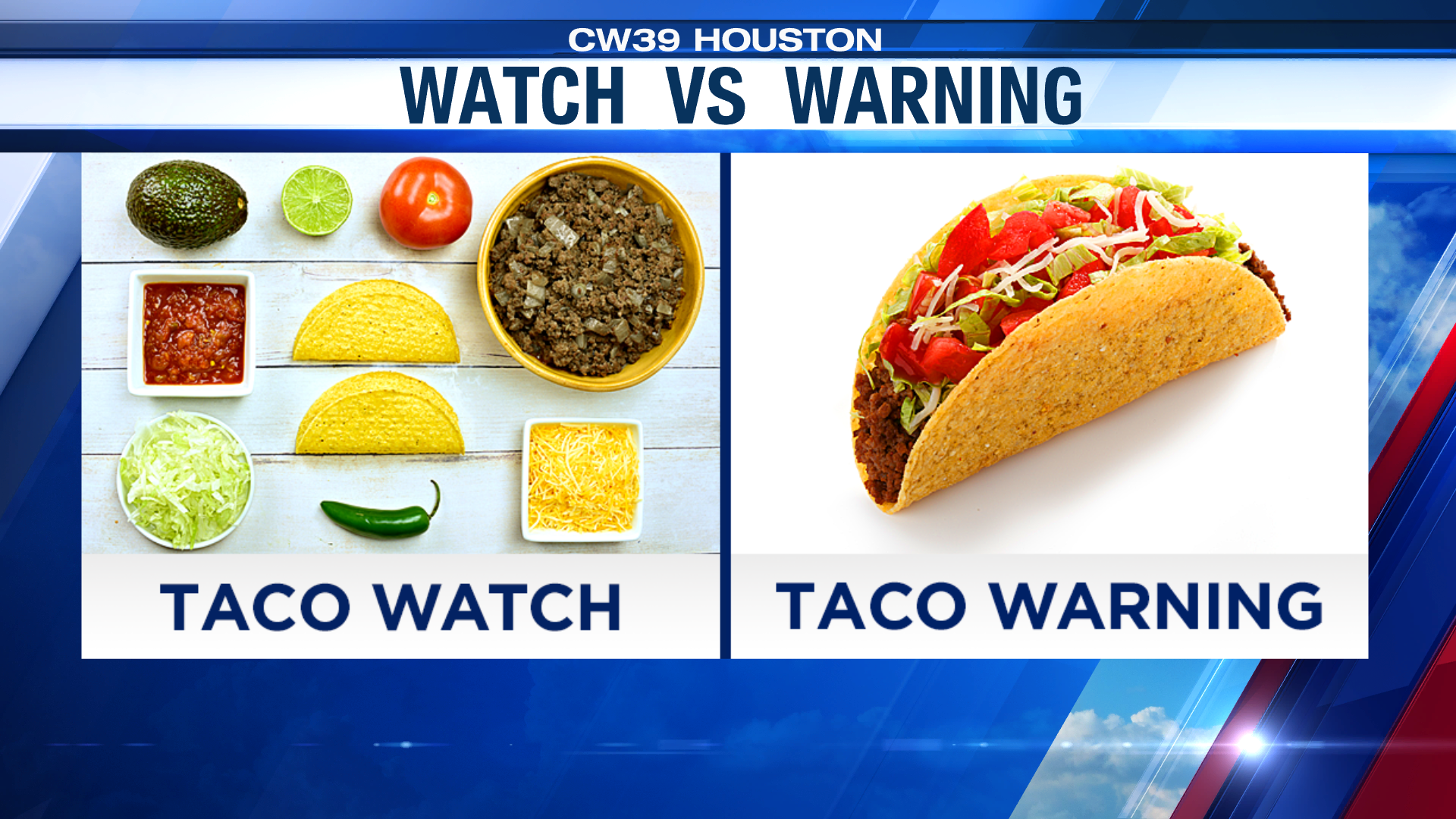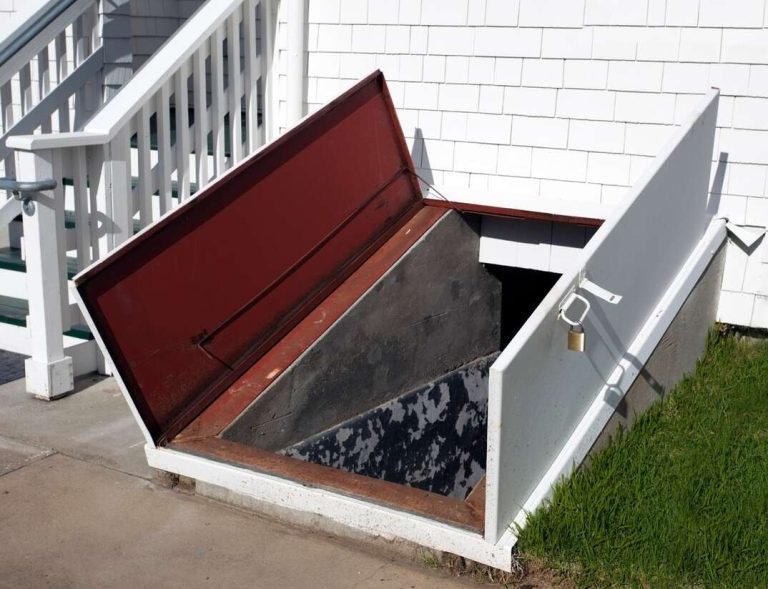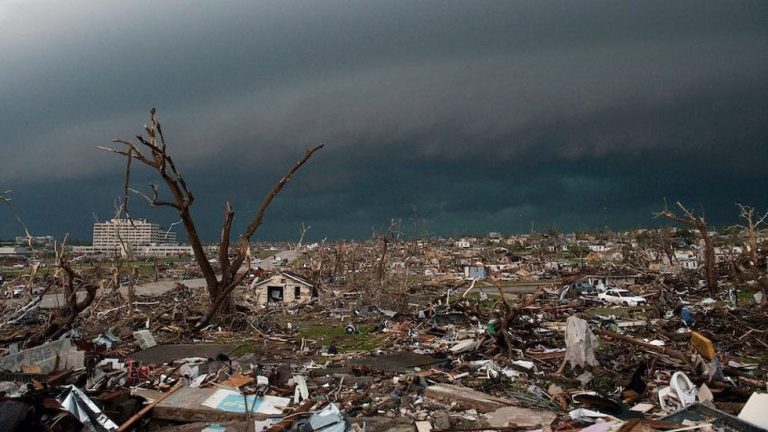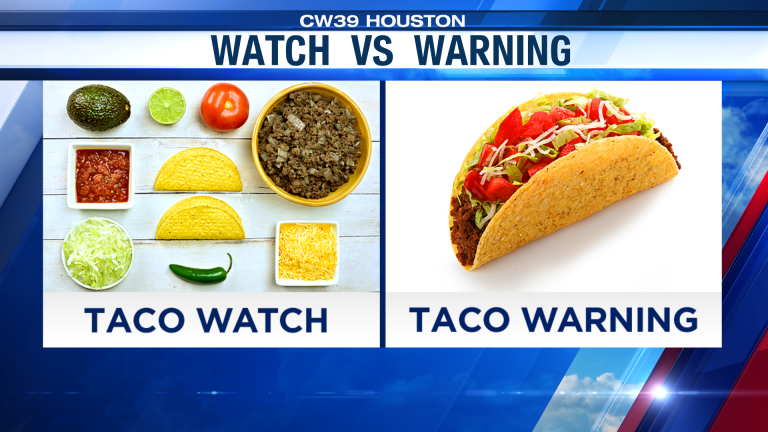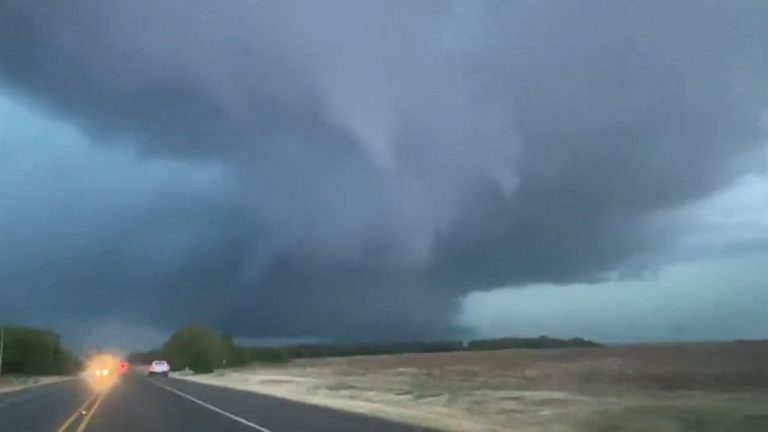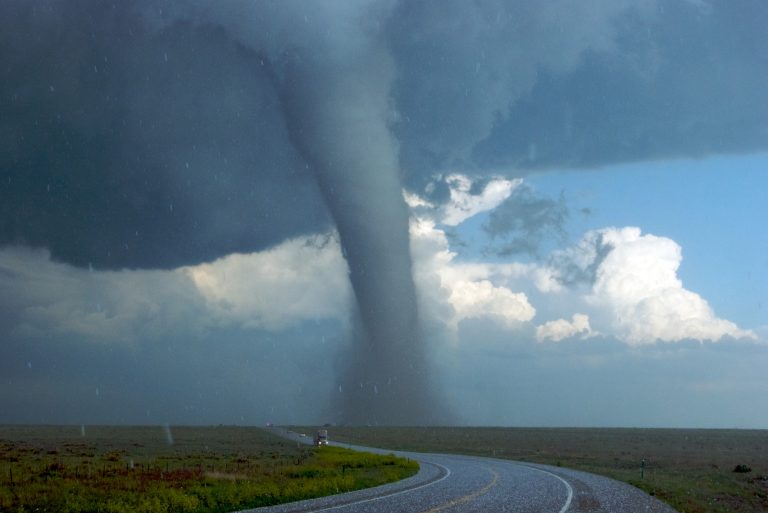What Is A Tornado Warning Vs Watch
Tornadoes are one of the most destructive and terrifying natural phenomena that can occur. These violent swirling columns of air can cause extensive damage to homes, infrastructure, and even take lives. Given their destructive power, it is crucial to have a clear understanding of tornado warnings and watches to protect ourselves and our loved ones. In this article, we will explore what tornado warnings and watches are, how they differ, and what actions you should take during each.
What is a Tornado Warning?
When a tornado warning is issued, it means that a tornado has been spotted or indicated by weather radar. This is a crucial alert that demands immediate action as it indicates that a tornado is imminent or already happening in the specified area. Tornado warnings are typically issued for smaller, more localized areas, such as a county or a specific town. The warning is usually accompanied by information about the tornado’s location, direction, and estimated time of arrival.
During a tornado warning, it is essential to take immediate action to protect yourself and your family. Seek shelter in a designated storm shelter, basement, or an interior room on the lowest level of your home, away from windows. If you are outdoors, find a sturdy shelter or lie flat in a low-lying area, covering your head and neck. It’s vital to have a reliable source of weather information like a weather radio or smartphone app to stay updated on the situation.
What is a Tornado Watch?
A tornado watch, on the other hand, is issued when the weather conditions are favorable for the formation of tornadoes. Unlike a warning, a watch does not indicate that a tornado has been spotted, but rather that there is the potential for tornado development in the designated area during the watch period. Tornado watches are typically issued for a larger geographical region, such as several counties or states, and can cover several hours.
During a tornado watch, it is crucial to stay aware of the weather conditions and be prepared to take action if a warning is issued. Stay tuned to local news or weather reports for updates. Use this time to review your emergency plan, gather essential supplies, and ensure that you have a reliable way to receive tornado warnings, such as a weather radio or smartphone alerts.
Differences between Tornado Warnings and Watches
While both tornado warnings and watches are important alerts related to tornadoes, they differ in their severity and urgency. Here are some key differences:
Indication:
– Tornado Warning: Indicates that a tornado has been spotted or indicated by radar. Immediate action is required to protect life and property.
– Tornado Watch: Indicates that weather conditions are favorable for tornado formation. Stay alert and be prepared to take action if a warning is issued.
Area Coverage:
– Tornado Warning: Typically issued for a smaller, more localized area (e.g., a county or town) where a tornado is approaching or already present.
– Tornado Watch: Issued for a larger geographical area (e.g., multiple counties or states) where tornadoes may develop during the watch period.
Duration:
– Tornado Warning: Usually in effect for a shorter duration, typically about 30 minutes to an hour, covering the immediate threat of a tornado.
– Tornado Watch: In effect for a more extended period, often several hours, indicating the potential for tornadoes to form within the specified area.
Response:
– Tornado Warning: Demands immediate action to seek shelter in a safe location on the lowest level of your home or another sturdy building.
– Tornado Watch: Requires staying vigilant and prepared to take action if a warning is issued. Use this time to review your emergency plan and ensure you have a way to receive warnings.
Severity:
– Tornado Warning: Indicates a higher level of severity, as a tornado has been confirmed or strongly indicated in the designated area.
– Tornado Watch: Indicates a lower level of severity, as it merely suggests the potential for tornado formation but does not confirm their presence.
What to Do During a Tornado Warning
When a tornado warning is issued for your area, it is crucial to take immediate action to protect yourself and your loved ones. Here are the steps you should follow:
1. Seek shelter: Move to a designated storm shelter if available, such as a basement or an interior room on the lowest level of your home. If you don’t have a basement, choose an interior room without windows.
2. Stay away from windows: Protect yourself from flying debris by staying away from windows and seeking shelter under a sturdy piece of furniture, such as a table or mattress. Cover your head and neck with your arms.
3. Use a helmet: If possible, wear a helmet, such as a bicycle or motorcycle helmet, to provide additional protection for your head during a tornado.
4. Stay informed: Have a reliable source of weather information, such as a weather radio or smartphone app, to stay updated on the tornado’s progress and any additional warnings or developments.
5. Follow instructions: If local authorities issue specific instructions or evacuation orders, follow them promptly and calmly.
6. Stay in shelter: Remain in your safe location until the tornado warning has expired or you receive an all-clear message from local authorities.
Frequently Asked Questions
Q: How long does a tornado warning last?
A: Tornado warnings typically last about 30 minutes to an hour, covering the immediate threat of a tornado. However, the duration can vary depending on the specific situation and the movement of the tornado.
Q: What is the difference between a tornado watch and a tornado warning?
A: A tornado watch is issued when weather conditions are favorable for tornado formation, while a tornado warning is issued when a tornado has been spotted or indicated by radar. A watch indicates the potential for tornadoes, while a warning indicates an immediate threat.
Q: What should I do if I am in a car during a tornado warning?
A: If you are in a car during a tornado warning, it is essential to find a sturdy shelter as quickly as possible. If you cannot find one, do not try to outrun the tornado; instead, park the car in a safe location, buckle your seatbelt, and duck down below the windows to protect yourself from flying debris.
Final Thoughts
Understanding the difference between tornado warnings and watches is crucial for your safety during severe weather events. A tornado warning means a tornado has been spotted, demanding immediate action to protect yourself. A tornado watch, on the other hand, indicates the potential for tornadoes and requires staying vigilant and prepared. By familiarizing yourself with these alerts and having a plan in place, you can safeguard yourself and your loved ones when tornadoes strike. Stay informed, stay safe!
Remember, tornadoes can be lethal, and it is always better to be prepared and take these warnings seriously. Stay informed, have an emergency plan in place, and ensure you have a reliable means of receiving weather alerts.
